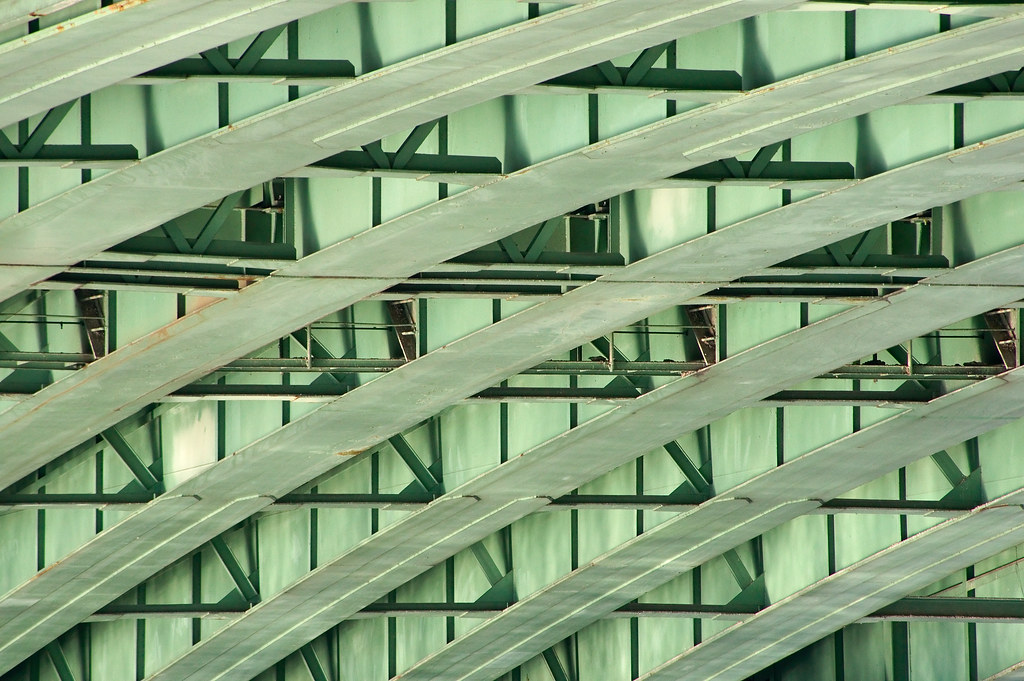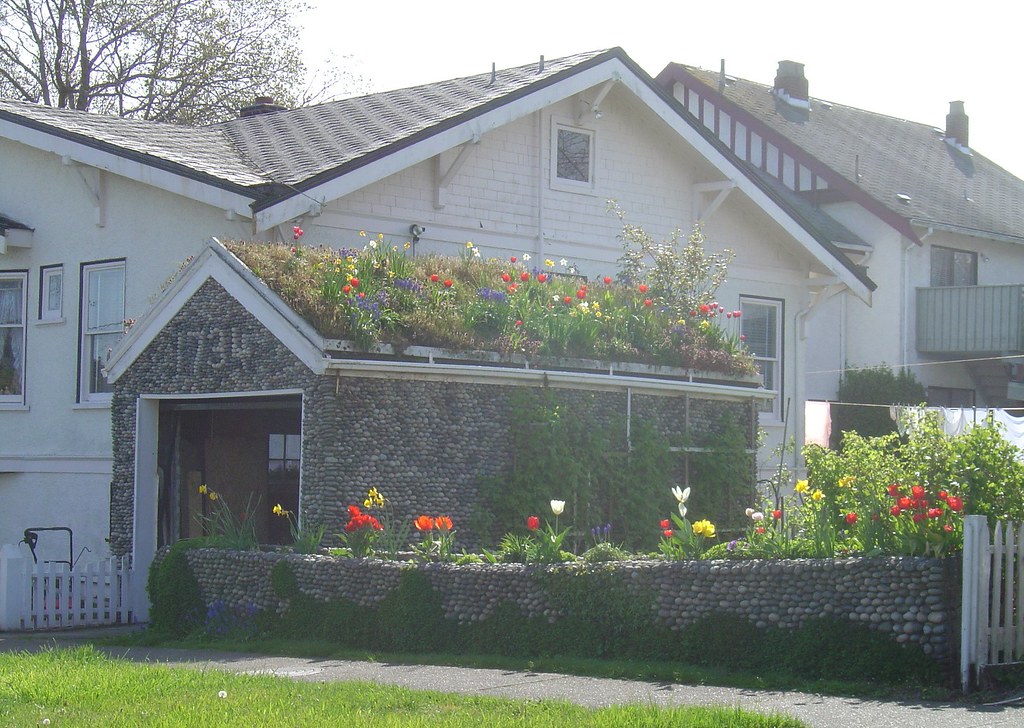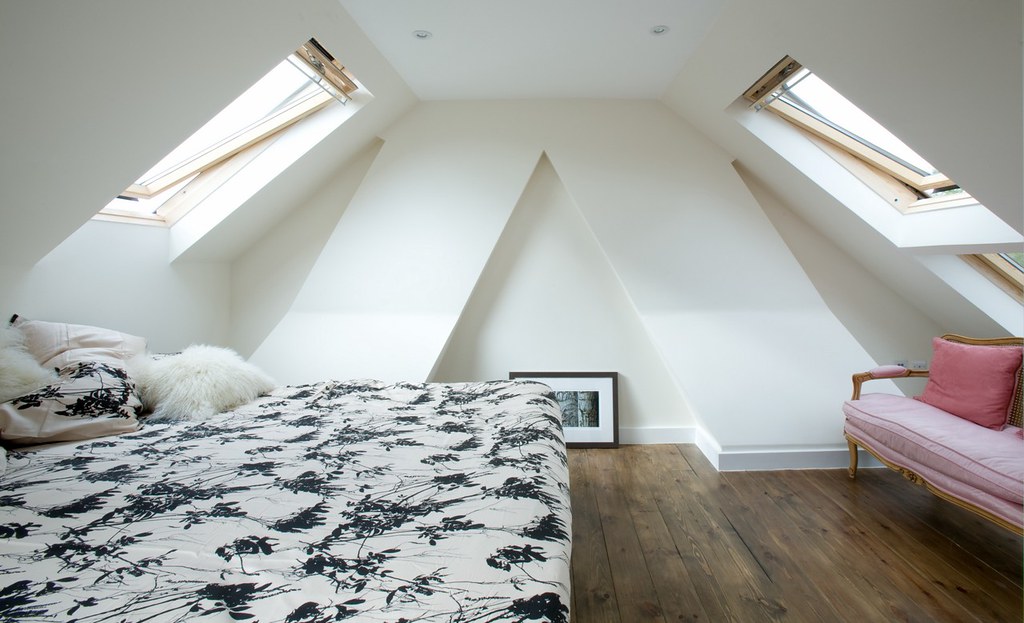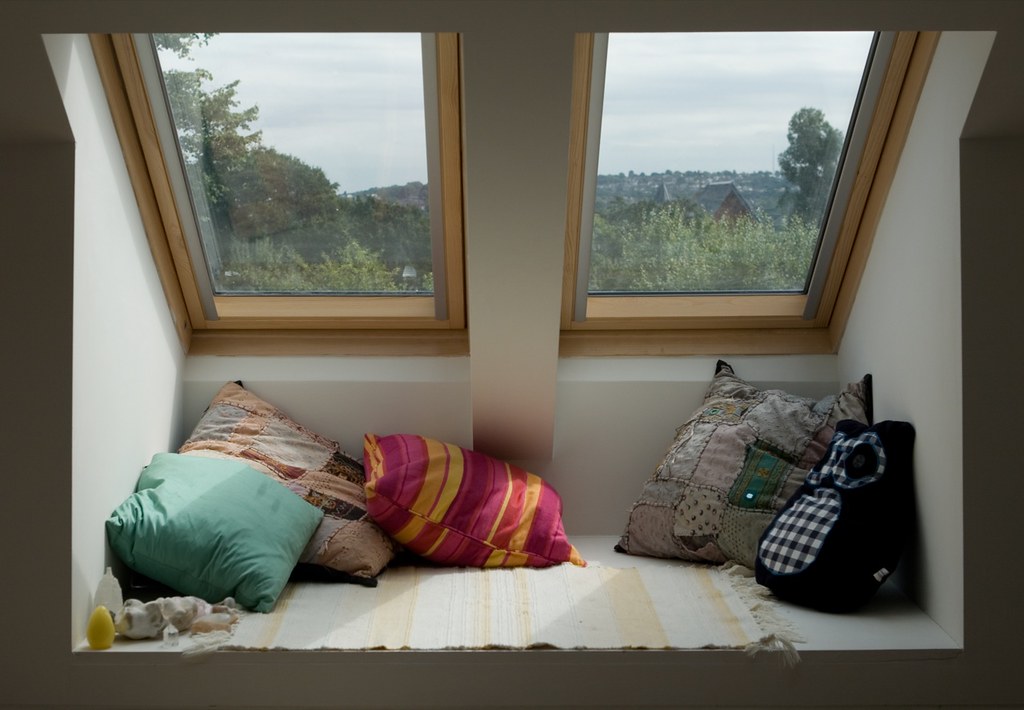Deciding to convert your loft is a big one. Not only do you have to think about the cost and disruption, but also the practicalities of the project itself. One of the key considerations is whether or not you need a structural engineer for your loft conversion. There are a few things to bear in mind when making this decision, including the type of property you have and the scope of work required. In this blog post, we’ll explore when you need a structural engineer for a loft conversion, and what role they play in ensuring your project is successful.
Deciding to convert your loft is a big one. Not only do you have to think about the cost and disruption, but also the practicalities of the project itself. One of the key considerations is whether or not you need a structural engineer for your loft conversion. There are a few things to bear in mind when making this decision, including the type of property you have and the scope of work required. In this blog post, we’ll explore when you need a structural engineer for a loft conversion, and what role they play in ensuring your project is successful.

What is a loft conversion?
A loft conversion is an extension of your home that is built into the roof space.
It often involves adding windows and skylights to brighten up the space, and may also include extending the ceiling height to create a more spacious feel.
A loft conversion can be a great way to add extra living space to your home without having to move house.
If you are considering a loft conversion, you will need to employ a structural engineer to assess the feasibility of the project and to design the necessary support structures.
The engineer will also need to liaise with your local authority to ensure that the conversion meets all building regulations.
What types of loft conversions are there?
There are many different types of loft conversions, each with their own benefits and drawbacks.
The most common type is the dormer conversion, which adds a small extension to the back of the house.
This is a good option if you want to add an extra bedroom or bathroom, as it doesn’t require planning permission.
Another popular option is the hip-to-gable conversion, which extends the side of the house.
This is a good choice if you want to create a large open-plan space, as it gives you more headroom than a dormer conversion.
If you want to create a truly bespoke space, then a Mansard conversion could be the right choice for you.
This involves extending the roof of the house, so it’s ideal if you want to create an extra storey.
However, it will require planning permission and is more expensive than other options.
What are the benefits of a loft conversion?
There are many benefits of a loft conversion, including:
1. Increasing the value of your home – a loft conversion can add up to 20% to the value of your property, making it a great investment.
2. Creating extra space – a loft conversion provides you with additional space that can be used for a variety of purposes, such as an extra bedroom, office or playroom.
3. Enhancing your home’s energy efficiency – by insulating your loft space, you can reduce heat loss and save money on your energy bills.
4. Improving the appearance of your home – a well-designed loft conversion can be a real asset to your property, enhancing its kerb appeal.
How much does a loft conversion cost?
How much does a loft conversion cost?
A loft conversion is one of the most popular home improvement projects in the UK.
But how much does a loft conversion cost? The answer, of course, depends on the size and complexity of your project.
As a general guide, a simple loft conversion (which might involve little more than adding some insulation and boarding out the space) could cost as little as £5,000.
At the other end of the scale, a more complex project (which might involve structural work, altering the roofline or installing Velux windows) could set you back £30,000 or more.
So it’s important to get professional advice before planning your loft conversion. A good place to start is with a accredited loft conversions specialist who can assess your property and give you an idea of what’s possible and how much it is likely to cost.
When you require a structural engineer?
When you require a structural engineer?
Making structural changes to your home can be a tricky business, particularly if you don’t have the right contacts. With hundreds of thousands of pounds at stake, it is important that any alterations are carried out with care and attention to detail. This can be difficult for homeowners, who may not have experience in dealing with building projects.
Making structural changes to your home can be a tricky business, particularly if you don’t have the right contacts. With hundreds of thousands of pounds at stake, it is important that any alterations are carried out with care and attention to detail. This can be difficult for homeowners, who may not have experience in dealing with building projects.
In order to ensure that you get the most out of your loft conversion or other structural work, hiring an structural engineer is one of the best things you can do before beginning construction work on your home.
How do I know if I need a structural engineer for my loft conversion project?
Most loft conversions will require some form of structural engineering, whether it’s for the design of the new staircase or support for the roof. The first step is to check with your local authority planning department to see if they have any specific requirements for your project.
Whether you need a structural engineer for your loft conversion project depends on several factors including the size and complexity of the project, the local building regulations, and the type of construction involved. It’s always best to consult with a professional to determine if their services are required.
The role of a structural engineer
A structural engineer plays a crucial role in the successful completion of any project. They will be able to advise you on how to make your loft conversion safe and secure, assist with planning consent applications, and ensure that your project meets building regulations standards.
- Building Regulations application forms. This includes plans and calculations required by local authorities to ensure that your loft conversion meets building regulations standards.
- Planning consent applications, including submitting plans and documentation to local authorities.
The cost of using a structural engineer
The cost of using a structural engineer
Structural engineers are experts in their field, but they can be expensive. The average UK structural engineer will charge between £150 and £300 per hour, with the average rate being around £200 per hour.
Conclusion
If you’re considering a loft conversion, the answer to whether or not you need a structural engineer is most likely yes. A structural engineer will be able to assess your property and ensure that it is suitable for a loft conversion, as well as provide advice on the best way to go about it. While you may be able to convert your loft without a structural engineer, it’s always better to err on the side of caution and get one involved from the start.


